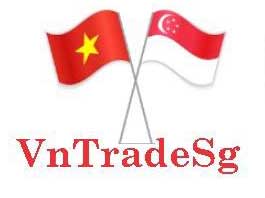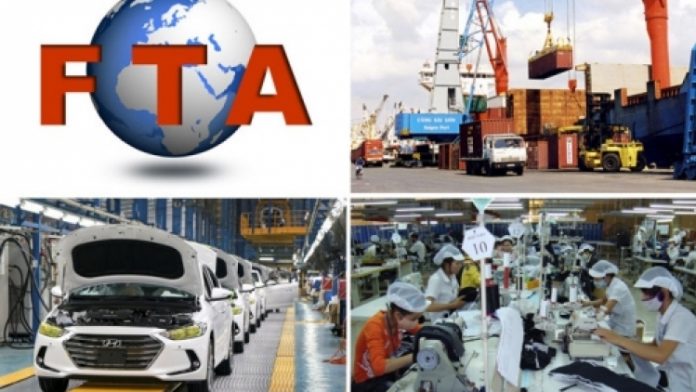Vietnam has been active in negotiating and signing five free trade agreements (FTAs) with major partners, highlighting the country’s international economic integration process as a bright and impressive part of the Government’s management during the 2016 to 2020 period.
According to economic expert Dr. Vo Tri Thanh, former deputy director of Central Institute for Economic Management (CIEM), the nation is increasingly gaining more advantages from greater international economic integration.
Through the effective negotiation, signing, and implementation of FTAs, the country has been able to significantly improve its export market access, thereby creating more jobs, and promoting a higher level of sustainable economic growth.
“The past years saw local businesses form production networks, value chains, and access the largest markets, the best investors, and businesses thanks to FTAs. Therefore, this is a good condition for Vietnam to take full advantage from the opportunities brought by the trade deals,” Dr. Thanh says.
Having had a trade deficit for several decades, the implementation of 14 FTAs has yielded a range of outstanding results in trade, import, and export activities, causing the nation to balance its trade balance and enjoy a continuous trade surplus over the five-year period.
Most notably, the country hit a total import-export turnover of US$500 billion in 2019 and set a record high of more than US$19 billion in trade surplus, recording a total import and export turnover exceeding US$540 billion.
Economic and financial expert Nguyen Tri Hieu acknowledges that this marks an important milestone in terms of the nation’s integration path.
“Import-export activities has contributed a large proportion to the national economy. The fact that Vietnam has achieved a total import-export turnover of over US$500 billion is good news, because this figure had exceeded all of our achievements in imports and exports over the past years. This is a good signal, showing that Vietnam is increasingly integrated into the world economy,” he states.
Generally, throughout the 2016 to 2020 period, annual import-export growth has consistently stood at 8% between 10%. With a large open economy, coupled with import-export value making up to 200% of GDP and processing and manufacturing products alone accounting for over 80% of Vietnamese import-export turnover, export and import growth represents the huge potential and internal strength of the local economy.
Minister of Industry and Trade Tran Tuan Anh, who is also a member of the Politburo and head of the Party Central Committee’s Economic Commission, affirms that the signing and effective implementation of new generation FTAs, has seen the country clearly show its role, image, prestige, and position of a “new Vietnam” among the international arena.
According to Minister Anh, the figures regarding the growth of import-export and export surplus in the whole of the 2016 to 2020 period serve to ensure Vietnamese sustainable development goals, making it rank 22nd in the world in terms of export turnover and 26th in relating to current international trade.
As a means of achieving the economic development targets set for the 2021 to 2025 period, the Government is aiming to promote rapid and sustainable economic growth on the basis of ensuring macroeconomic stability. This will also include developing science and technology, improving innovation and integration capacity, whilst effectively implementing international commitments and FTAs.
This should be done alongside promoting economic diplomacy for socio-economic development, putting citizens and businesses at the centre of police, while also maximising the position of the country and external resources as a means of serving national development.
Source: VOV

















